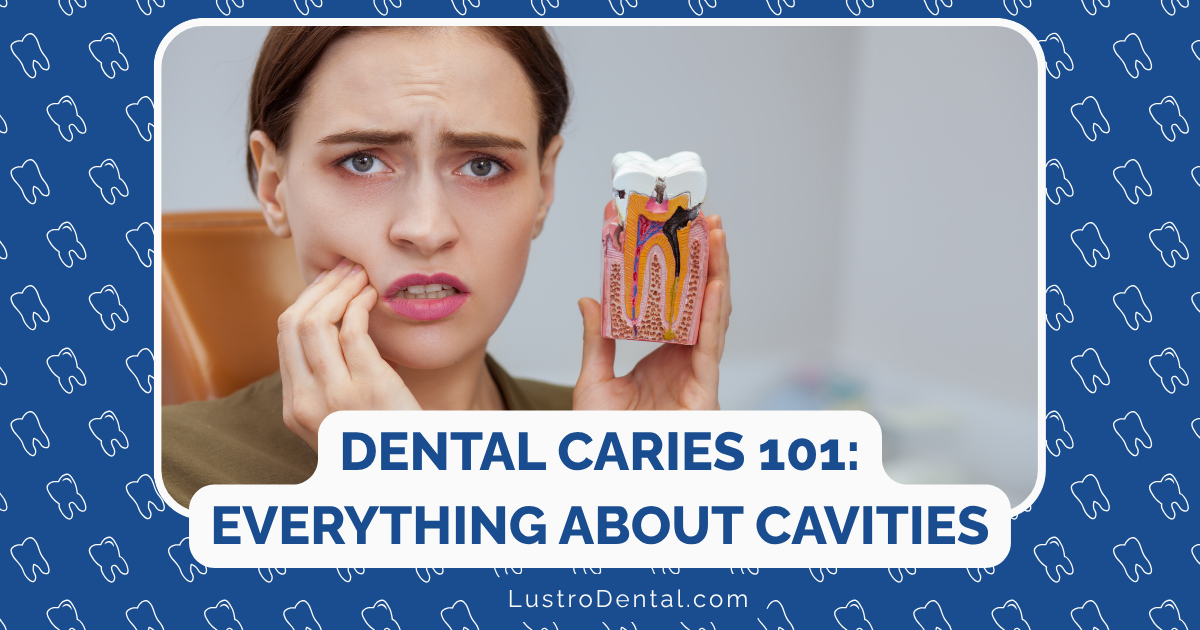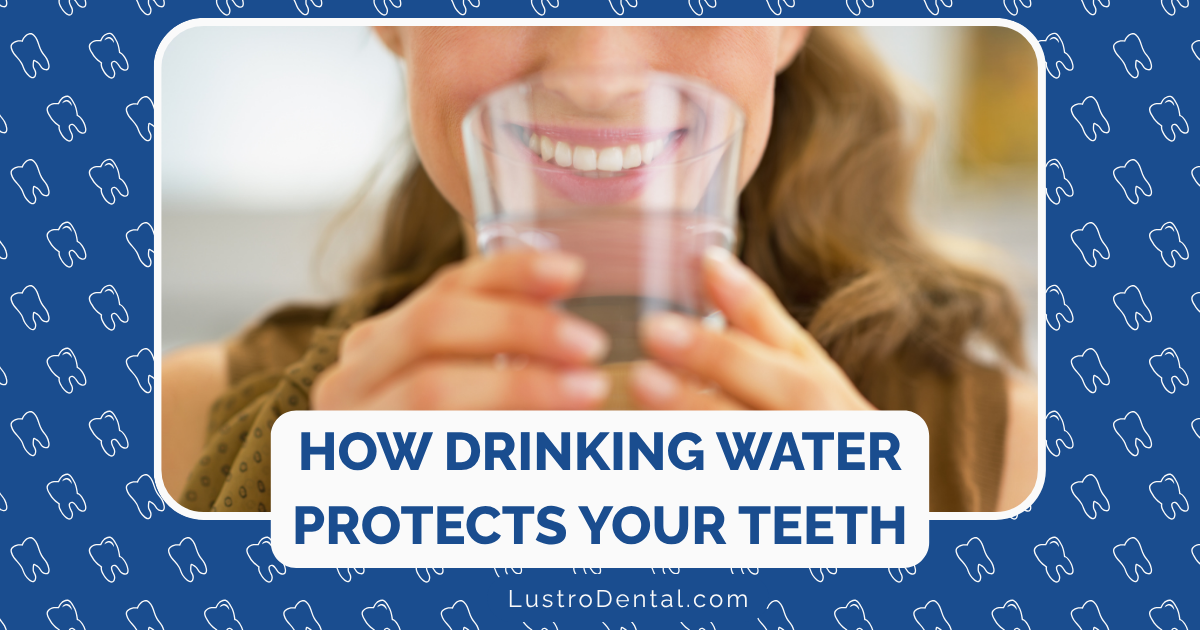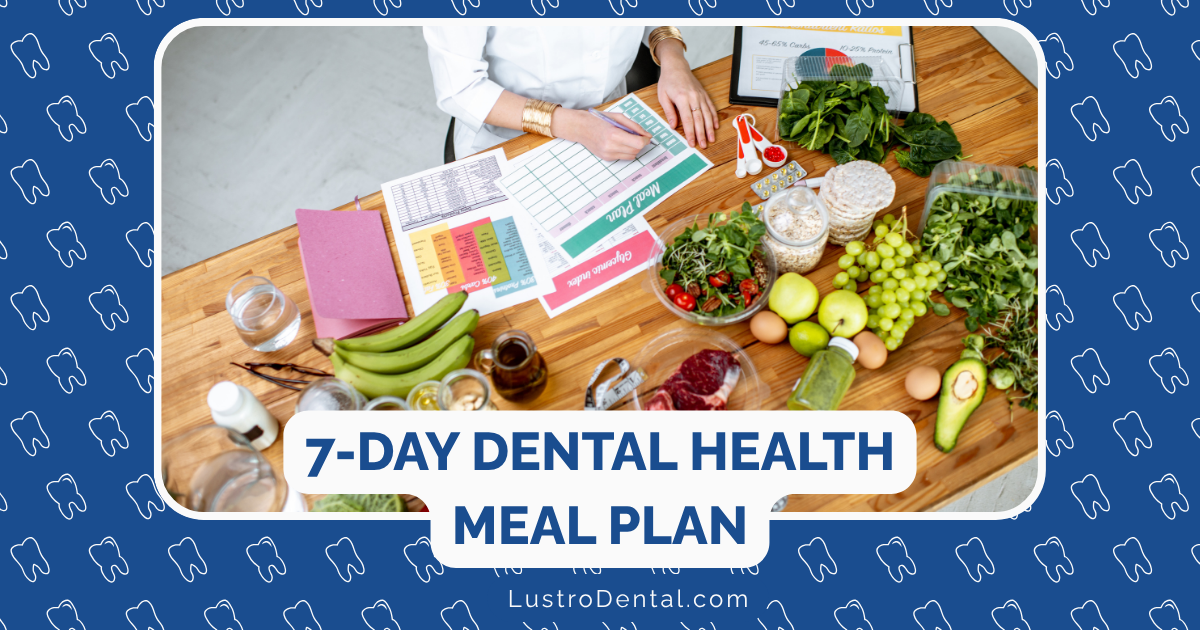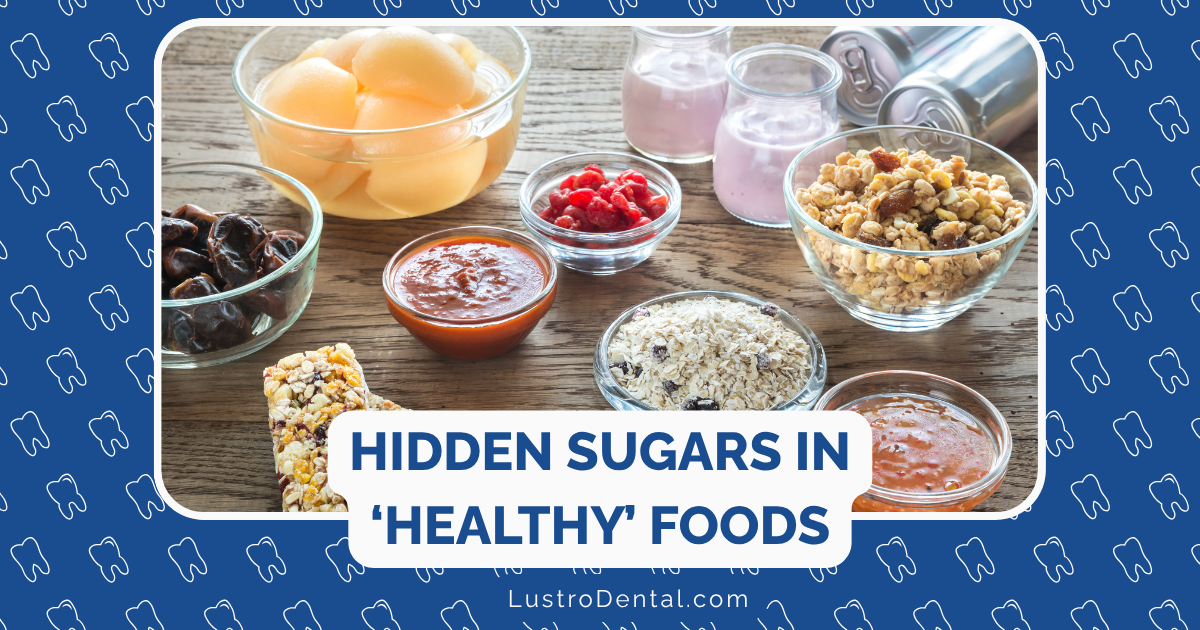Breathing Easy Again: A Supportive Guide to Eliminating Bad Breath for Good
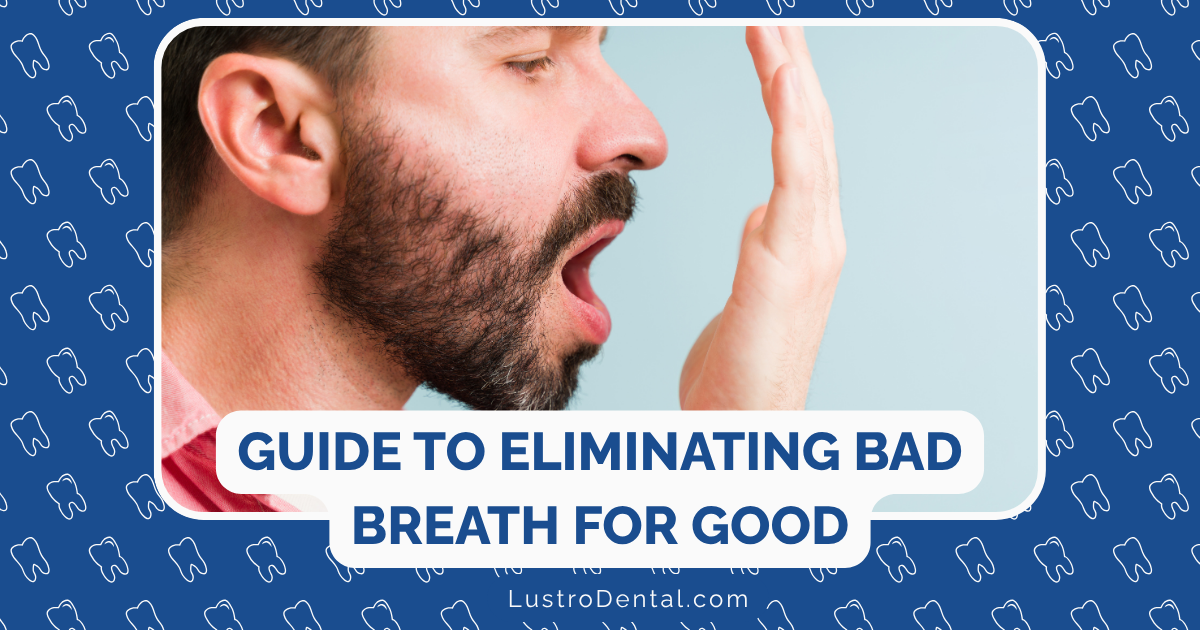
That moment when someone offers you a mint after a conversation. The subtle way people lean back when you’re speaking. The constant worry about whether your breath is fresh during important interactions. If you’ve experienced these situations, you’re not alone—bad breath (halitosis) affects approximately one in four people globally, according to the Cleveland Clinic.
But here’s the good news: bad breath is almost always fixable. This supportive guide offers both quick solutions for immediate freshness and long-term strategies to eliminate halitosis for good—all with an understanding approach that recognizes the emotional impact this common condition can have.
Understanding Bad Breath: Knowledge Without Judgment
Before diving into solutions, let’s understand what causes that unwanted odor. Bad breath typically stems from one or more of these sources:
Oral Causes (90-95% of cases)
- Bacterial buildup: Particularly on the tongue and between teeth
- Poor oral hygiene: Allowing food particles to decompose in the mouth
- Gum disease: Inflammation and infection of the gums
- Dry mouth: Reduced saliva that normally washes away bacteria
- Food choices: Garlic, onions, and other aromatic foods
- Tobacco use: Smoking and other tobacco products
Non-Oral Causes (5-10% of cases)
- Respiratory infections: Sinusitis, tonsillitis, or bronchitis
- Gastrointestinal issues: GERD or H. pylori infection
- Systemic diseases: Diabetes, liver or kidney problems
- Medications: Those causing dry mouth as a side effect
Understanding that bad breath is primarily a physical health issue—not a personal failing—is the first step toward addressing it with confidence.
Quick Fixes: Immediate Fresh Breath Solutions
When you need freshness fast, these evidence-based approaches can provide quick relief:
1. Hydration Reset (5 minutes)
What to do: Drink a full glass of water, swishing it around your mouth before swallowing.
Why it works: Water helps wash away food particles and bacteria while stimulating saliva production. According to Scott Babin DDS, staying hydrated with at least eight glasses of water daily is one of the most effective ways to maintain oral freshness.
2. Tongue Cleaning (2 minutes)
What to do: Use a tongue scraper (or the edge of a spoon in a pinch) to gently scrape from the back of your tongue to the front, rinsing between scrapes.
Why it works: The tongue harbors countless bacteria, especially at the back where taste buds create a textured surface for bacteria to hide. Research shows that proper tongue cleaning can reduce breath-causing bacteria by up to 75%.
3. Sugar-Free Gum or Mints (Instant)
What to do: Chew sugar-free gum or suck on sugar-free mints containing xylitol.
Why it works: These stimulate saliva production, which naturally cleanses the mouth. Xylitol has the added benefit of inhibiting bacterial growth. According to Mayo Clinic, this simple habit can significantly reduce bad breath between proper cleanings.
4. Antimicrobial Rinse (1 minute)
What to do: Swish with an alcohol-free antimicrobial mouthwash for 60 seconds.
Why it works: These rinses target the bacteria that cause odor. Alcohol-free formulations are preferred as alcohol can dry the mouth, potentially worsening breath over time.
5. Emergency Breath Fresheners (Instant)
What to do: In a pinch, chew on natural breath fresheners like fresh parsley, mint leaves, or a small piece of cinnamon stick.
Why it works: These contain natural oils that temporarily mask odors while providing some antimicrobial benefits.
Long-Term Solutions: Eliminating Bad Breath for Good
While quick fixes provide temporary relief, these comprehensive approaches address the root causes of bad breath for lasting freshness:
1. The Complete Oral Hygiene Routine
Morning and Evening (5 minutes each):
- Brush thoroughly for two full minutes with fluoride toothpaste
- Floss between all teeth to remove hidden food particles
- Clean your tongue with a scraper or brush
- Rinse with an alcohol-free antimicrobial mouthwash
After Meals (1 minute):
- Rinse with water if brushing isn’t possible
- Chew sugar-free gum for 5-10 minutes
According to Knox Valley Dental, consistent oral hygiene is the foundation of fresh breath, addressing the primary cause of halitosis—bacterial buildup in the mouth.
2. Hydration Strategy
Proper hydration supports saliva production, your body’s natural defense against bad breath:
- Drink water consistently throughout the day (8-10 glasses)
- Limit dehydrating beverages like alcohol and coffee
- Consider a humidifier at night if you breathe through your mouth while sleeping
Research highlighted by Listerine shows that decreased saliva production during sleep is a primary cause of “morning breath,” making hydration particularly important.
3. Dietary Adjustments for Fresher Breath
What you eat significantly impacts your breath:
Foods to Limit:
- Strong aromatics like garlic, onions, and certain spices
- Excessive coffee and alcohol
- Very acidic foods that can disrupt oral pH
Foods to Embrace:
- Crunchy fruits and vegetables (apples, celery, carrots) that naturally clean teeth
- Yogurt with active cultures (probiotics that may help balance oral bacteria)
- Fresh herbs like parsley and mint
- Green tea (contains polyphenols that reduce oral bacteria)
4. Addressing Dry Mouth
Dry mouth (xerostomia) is a major contributor to bad breath that requires specific attention:
- Stay well-hydrated
- Consider over-the-counter saliva substitutes
- Use a humidifier while sleeping
- Talk to your doctor about medications that might be causing dry mouth
- Chew sugar-free gum to stimulate saliva production
5. Regular Professional Care
According to dental experts, professional care plays a crucial role in maintaining fresh breath:
- Schedule dental cleanings every six months
- Discuss persistent bad breath with your dentist to identify underlying causes
- Consider professional halitosis assessment if over-the-counter methods aren’t working
Professional diagnostic tools like the Halimeter can measure volatile sulfur compounds in your breath, helping dentists determine the exact cause and most effective treatment for your specific situation.
Special Situations: Tailored Approaches
Morning Breath
That distinctive morning odor has specific causes and solutions:
Why it happens: During sleep, saliva production decreases by up to 90%, creating the perfect environment for odor-causing bacteria to multiply.
Solutions:
- Thorough brushing, flossing, and tongue cleaning before bed
- Stay hydrated, but finish drinking water at least an hour before bedtime
- Consider sleeping with your head elevated to reduce post-nasal drip
- Use a humidifier to prevent mouth dryness
Stress-Related Breath Changes
Stress can impact your breath in surprising ways:
Why it happens: Stress reduces saliva flow and can change its composition, potentially altering your breath odor.
Solutions:
- Practice stress-reduction techniques like deep breathing, meditation, or yoga
- Stay hydrated during stressful periods
- Keep sugar-free mints or gum handy during high-stress situations
Post-Meal Breath Management
Different foods require different approaches:
After coffee: Rinse with water, then chew sugar-free gum with xylitol.
After garlic or onions: These foods enter your bloodstream and are expelled through your lungs, so breath mints only partially help. Try eating fresh parsley or drinking green tea afterward.
After high-protein meals: These can lead to “ketone breath.” Counteract by consuming some healthy carbohydrates like fruit or drinking extra water.
Emerging Solutions: The Future of Fresh Breath
Recent research is opening new avenues for halitosis treatment:
Probiotics for Oral Health
Studies suggest that introducing beneficial bacteria through probiotic supplements may help balance the oral microbiome. According to Listerine’s research, probiotics like Lactobacilli may reduce halitosis by creating a healthier bacterial environment in the mouth.
Advanced Tongue Cleaning Devices
New technologies are making tongue cleaning more effective, with devices designed to reach the back of the tongue where traditional scrapers might not be as effective.
Specialized Oral Rinses
Formulations tailored to local water composition and individual oral chemistry are becoming available, providing more personalized approaches to breath freshening.
When to Seek Professional Help
While most bad breath can be addressed with the methods above, certain signs indicate the need for professional evaluation:
- Bad breath that persists despite consistent oral hygiene
- White or yellow coating on the tongue that doesn’t scrape off easily
- Frequent dry mouth despite adequate hydration
- Gums that bleed easily or appear red and swollen
- Other symptoms like persistent cough, postnasal drip, or digestive issues
A Compassionate Approach to Bad Breath
It’s important to remember that halitosis is a common condition that can happen to anyone. If someone in your life is experiencing bad breath, approach the subject with kindness and privacy. Similarly, if you’re concerned about your own breath, remember that addressing it is an act of self-care, not something to feel embarrassed about.
Your 7-Day Fresh Breath Plan
Here’s a simple week-long plan to kick-start your journey to consistently fresh breath:
Day 1: Assessment & Basics
- Evaluate your current oral hygiene routine
- Purchase any needed supplies (tongue scraper, alcohol-free mouthwash, etc.)
- Begin the complete oral hygiene routine described above
- Track water intake to ensure adequate hydration
Day 2: Tongue Focus
- Continue the complete routine
- Add a second tongue cleaning midday
- Notice how your tongue looks—a healthy tongue should be pink, not coated
- Increase water intake if needed
Day 3: Dietary Awareness
- Continue oral hygiene routine
- Pay attention to how different foods affect your breath
- Incorporate one crunchy fruit or vegetable at each meal
- Try green tea as an afternoon beverage
Day 4: Dry Mouth Management
- Continue previous practices
- Assess whether you experience dry mouth at certain times of day
- Implement specific dry mouth strategies if needed
- Consider sugar-free gum after meals
Day 5: Stress and Breath Connection
- Continue oral care routine
- Notice if stress affects your breath freshness
- Incorporate one 5-minute stress reduction activity
- Ensure adequate hydration during stressful periods
Day 6: Professional Consideration
- Continue established routine
- Schedule a dental appointment if you haven’t had one in the past six months
- List any questions about persistent breath concerns to discuss with your dentist
- Consider whether underlying health issues might be contributing
Day 7: Routine Refinement
- Continue complete oral care
- Reflect on what’s working best for your breath freshness
- Adjust your routine based on the week’s observations
- Create a sustainable plan for maintaining fresh breath long-term
Conclusion: Breathing Easy with Confidence
Fresh breath is more than just a social nicety—it’s an indicator of good oral health and can significantly impact your confidence and quality of life. By understanding the causes of bad breath and implementing both quick fixes and long-term solutions, you can enjoy the confidence that comes with knowing your breath is fresh in any situation.
Remember that persistence is key. Most people notice significant improvement within a week of implementing comprehensive oral hygiene practices, but lasting change requires consistent habits. Be patient with yourself and celebrate the progress you make toward breathing easy again.
Have you found particular strategies effective for maintaining fresh breath? Share your experiences in the comments below to help others on their journey to breath confidence.
This article is for informational purposes only and does not constitute medical advice. Always consult with a dental professional about your specific oral health concerns.



